Search Images
Browse Content (p. 1344)
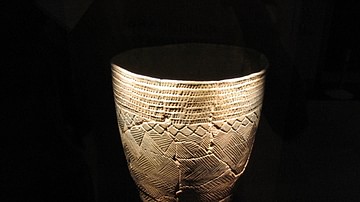
Image
Korean Neolithic Pot
A typical pottery bowl from the Korean Neolithic period with pointed base and simple incised decoration. (National Museum of Korea, Seoul, South Korea)
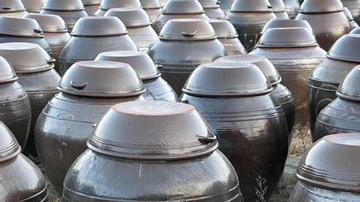
Image
Korean Onggi Jars
Korean onggi lidded-jars, made since ancient times they are used for a multitude of purposes and carry simple decoration.
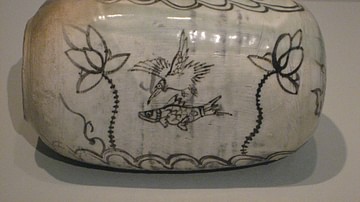
Image
Korean Buncheong Bottle
A buncheong (punchong) bottle decorated with lotus flowers, a bird and fish. Joseon Dynasty, Korea, 15th-16th century CE. (Museum of Oriental Ceramics, Osaka, Japan)

Image
Dragon-Turtle Celadon
A celadon (greenware) ceramic kettle in the form of a mythical dragon-turtle creature. Korea, Goryeo dynasty, 918-1392.
National Museum of Korea, Seoul.
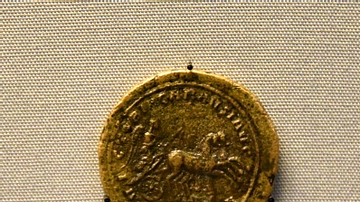
Image
Medallion of Carausius
The rebel Carausius (Marcus Aurelius Mausaeus Valerius Carausius) declared himself emperor, making Britain his base. Although he had no authority in Rome, he stressed his Roman identity by citing the poet Virgil on his coins. He also used...
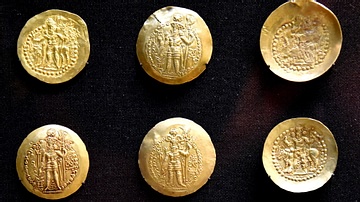
Image
Gold Coins
Gold coins of the Sassanian, Kushanshah, and Kidarite Dynasties. 309-380 CE. From the Burnes, Cunningham, Hay, Parkes Weber, and Prinsep Collections. The British Museum, London.
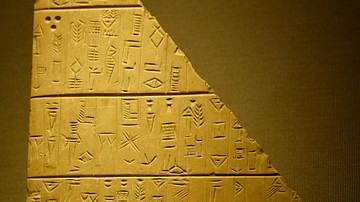
Image
Mesopotamian Tablet with Puchase Details from Dilbat
This tablet lists purchases of land by a man named Tupsikka, with payments made in baskets of barley. One transaction reads "The price of the field is 90 gur-sag-gal 16 quarts of oil". Stone tablet, about 2400-2200 BCE. Excavated by Hormuzd...
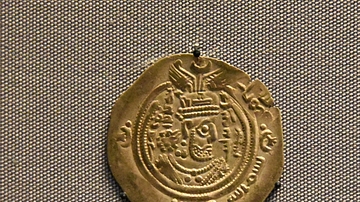
Image
Silver Coin from Manikyala Stupa
Silver coin of "Abdalla ibn Khazim". From Merv (modern-day Turkmenistan), circa 684 CE. Found inside the Buddhist monument (called deposit A) at Manikyala, modern-day Pakistan. This shows that coins from several places all circulated at the...
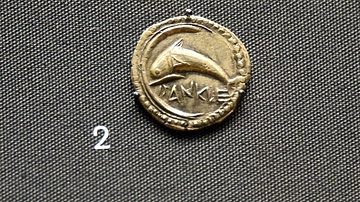
Image
Coin from Zancle with a Pun
Some Greek cities used images for their names, so "readers" did not have to be literate. Zancle, a city founded by Greek colonists in Sicily, incorporated the sickle-shaped harbor (sickle=zanklon). Silver third stater coin, circa 500 BCE...
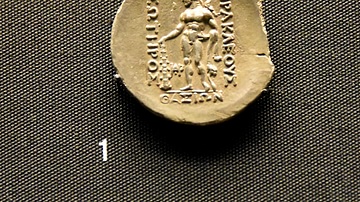
Image
Celtic Coin Copying Greek Inscription
Early Iron Age Celtic people copied Greek coins, often faithfully reproducing their designs and inscriptions. This suggests that Thracian die-engravers were illiterate, as legible Greek letters were gradually replaced by abstract patterns...